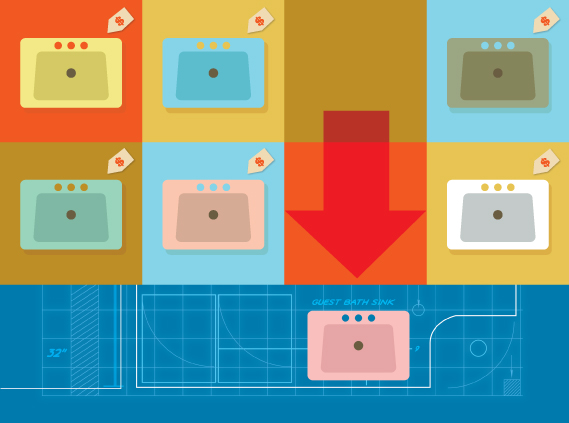When Avenue concluded its poll last summer to determine the city’s top-rated neighbourhoods, the results revealed something fascinating: Edmontonians (or at least you, dear readers) favour renovating older homes as opposed to buying brand-spanking-new digs.
Well, it seems home owners are now taking this logic one step further and are renovating those homes with gently used furnishings, fixtures and finishes that have been salvaged from demolition projects or rescued from the bin in one way or another. The recycled renovation is on the rise, and it’s a trend that could evolve into a cultural shift as people realize the financial and environmental impacts of tossing everything into landfills.
Places like Habitat for Humanity’s ReStore, Home Reusables and Architectural Warehouse make it possible to lessen those impacts and offer a unique opportunity to think creatively about renovation projects. Their stock is acquired through private homeowners, businesses, construction companies, contractors, retailers, manufacturers and the like. But going the second-hand route doesn’t mean you have to sacrifice style or be boxed into using low-end materials. In fact, it doesn’t even mean you’re stuck with used items.
At the time of writing, David Bruns, co-owner of Home Reusables, had “about 300 brand-new Yale doorknobs along with some exterior and interior doors” in stock.
New items regularly find their way into these stores for several reasons: a construction company ordered too many windows or a custom-ordered piece was returned because it was the wrong colour. Patrons can then get a brand-new item for about a third of the price.
“I think a lot of people have the misconception that it’s just grubby old toilets and dirty kitchen sinks,” says Aaron Lane, a general contractor who is largely outfitting his newly built home with salvaged finishing materials from ReStore. This allowed him to install higher-quality items for a much lower cost than what would have been available through the builder. One of those improvements came in the form of natural stone for a nine-foot-high fireplace surround. “We got all that stone for $220 and the retail value is over $3,000. The builder-spec option would have cost about $1,200 and you would have known the stone is not real. That’s a huge upgrade.”
